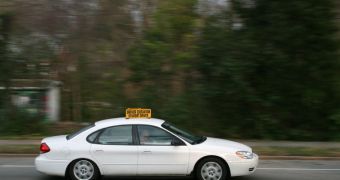In July 2010, the state of Indiana introduced new restrictions for teen drivers, in a move that get lukewarm reviews. Now, the first statistics to come out indicate that the measure was effective in reducing the numbers of accidents involving young adults
At the same time, a new report also showed that the restrictions bore no influence on the numbers of accidents involving teens that occurred late at night, or when other passengers were in the vehicles.
Experts also found that less accidents occurred on account of cell phone use than they did before a sharp ban on the mobile devices came into effect statewide. Overall, the number of accidents involving teens dropped sharply over a period of just 12 months.
All the details related to the statistics were published in a report entitled “Effects of Graduated Driver Licensing on Crash Outcomes in Indiana,” that was compiled by experts at the Center for Criminal Justice Research.
The Center is a part of the Indiana Public Policy Institute, which is based at the Indiana University School of Public and Environmental Affairs. The organization is heavily focused on producing reports capable of swaying the political decision-making process.
“This area is a prime example of data-driven policy, in that we knew intuitively that teens were problem drivers, but without analyzing crash and tickets data, we couldn't identify the most effective way of responding,” explains researcher Matt Nagle.
“With this study and with others that will follow, we can evaluate the effects of the graduated license law and use the research to inform discussions about future improvements in the law and its enforcement,” he goes on to say.
Nagle was the author of the new report. He holds an appointment as a senior policy analyst at IU.
In comparison to historical trends, teen drivers were involved in 400 less accidents in the past 12 months. The team behind the analysis says that this is a lot more than could be expected from standard annual variations in car crash numbers.
In the case of 16-year-old drivers, the rate of late-night crashes did not change. Although a ban is in effect, prohibiting them from driving with passengers, or in the wee hours of the morning, there is apparently insufficient manpower to police the streets.
“Unless law enforcement was strong enough to bring about changes in driving behavior, there may not have been enough motivation for teen drivers to alter driving times and to drive without young passengers,” the report concludes.

 14 DAY TRIAL //
14 DAY TRIAL //